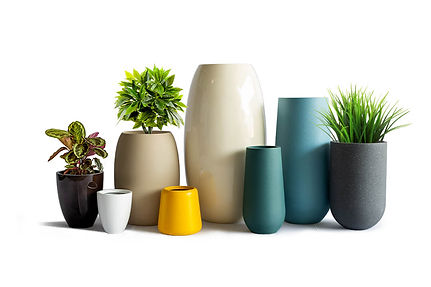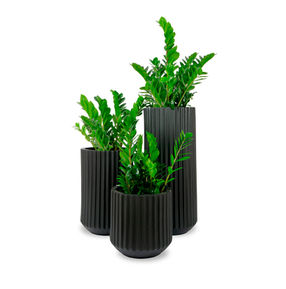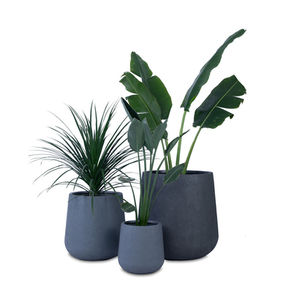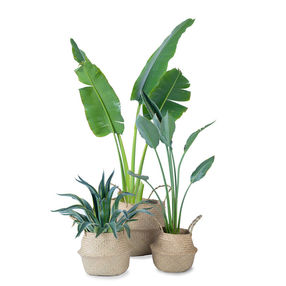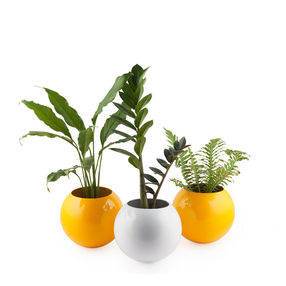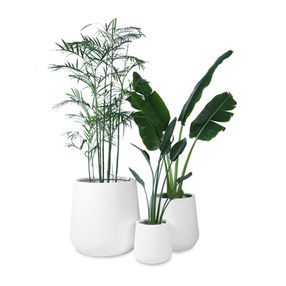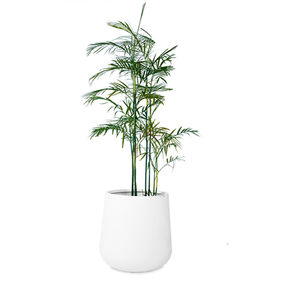Mob: +91 974 30 30 555
E-mail: abhi@stargardens.in
FRP Planters I Fiber Pots

-
Determine the size and shape of the planter: FRP planters come in various shapes and sizes, so it's important to determine the size and shape of the planter that will suit your needs. Consider the space where the planter will be placed, the type of plants that will be grown, and the aesthetic of the surrounding area.
-
Choose the right color: FRP planters come in a variety of colors, so choose a color that complements the surrounding area and the plants that will be grown.
-
Consider drainage: Ensure that the planter has proper drainage holes to prevent water from accumulating and causing damage to the plants.
-
Select the appropriate thickness: The thickness of the FRP planter should be determined by the weight of the plants and the environmental conditions. For instance, thicker planters are recommended for larger plants or in areas with extreme temperatures.
-
Durability: Fiber Pots are known for their durability, but it's important to select a high-quality material that can withstand harsh environmental conditions such as sun exposure and extreme temperatures.
-
Incorporate design elements: FRP planters can be customized with various design elements such as embossed patterns or graphics, which can add aesthetic value and make them stand out.
-
Keep maintenance in mind: FRP planters are relatively low maintenance, but it's important to keep them clean and free of debris to ensure longevity.
By following these guidelines, you can design FRP planters that are both functional and aesthetically pleasing.
